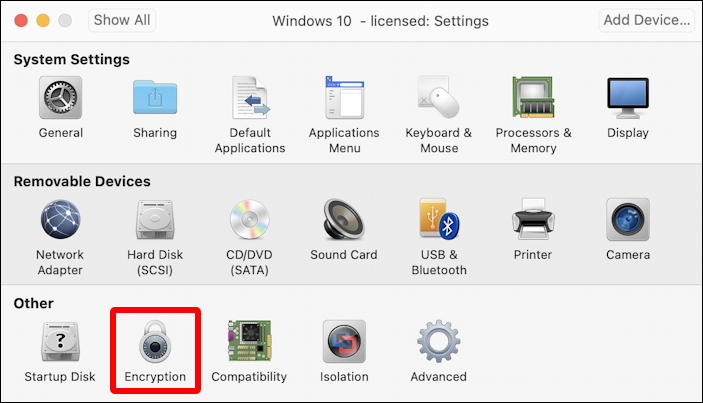
If it is configured with DHCP then it doesn't matter. If you don't then the adapter's configuration will still be in the Windows-configuration and might conflict with your future networking configuration.įirst make a note of the current IP-configuration so you can use that same configuration for the new adapter. The best approach is to first remove the NIC that is currently in the virtual machine. Remove the current NIC from Windows first Therefor I suggest that you perform the tasks described here in your master virtual machine that will become your template. You could do this in all your virtual machines after installing Windows but you probably are going to use a template to deploy Windows-servers. Once the virtual machine is finished and the OS is installed fully you can switch from the E1000 to the VMXNET adapter. So you might ask why this adapter is not chosen by default for the supported operating systems? The reason is that a default OS installation disc for Windows (and also for other operating systems) does not contain the driver for this VMware VMXNET adapter. Therefor it defaults to the Intel E1000 NIC that is supported by all operating systems.

Performance Evaluation of VMXNET3 Virtual Network Device Performance Best Practices for VMware vSphere® 5.5 More information about choosing the right adapter, supported operating systems and the performance benefits of this adapter can be found in these locations:Ĭhoosing a network adapter for your virtual machine (1001805) (also lists OS support for VMXNET3) There is however an adapter that will give you a better performance, which is the VMware VMXNET3 adapter.


For Windows the default adapter type is the Intel E1000.
#ADD VMNET2 VMWARE FUSION MAC INSTALL#
Depending on the operating system you install it will select a default adapter when you create a VM. VMware offers several types of virtual network adapters that you can add to your virtual machines.


 0 kommentar(er)
0 kommentar(er)
